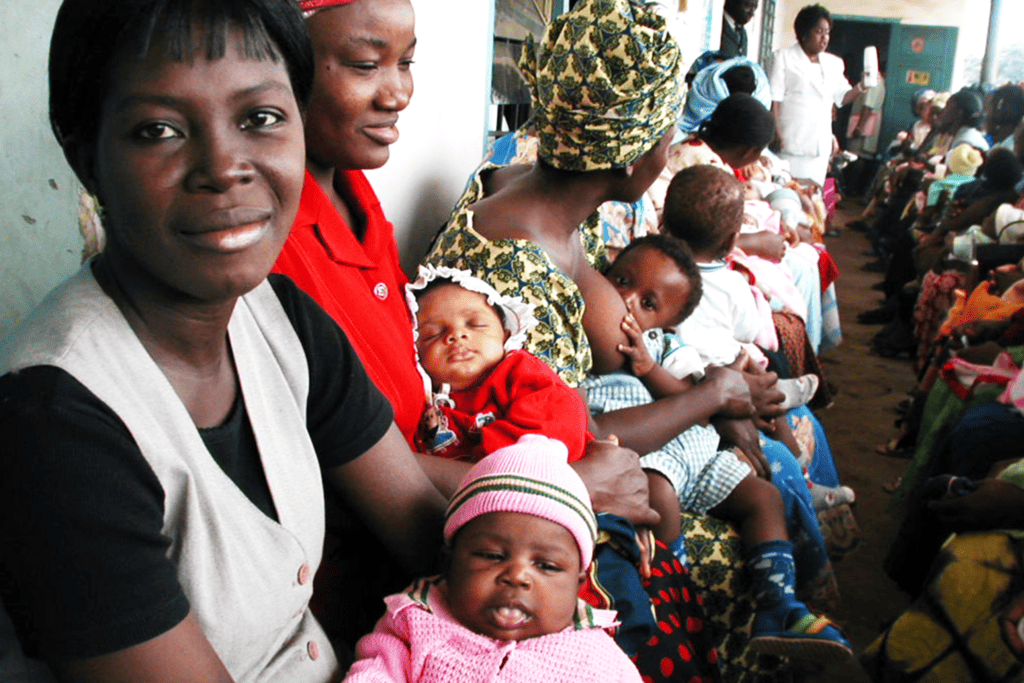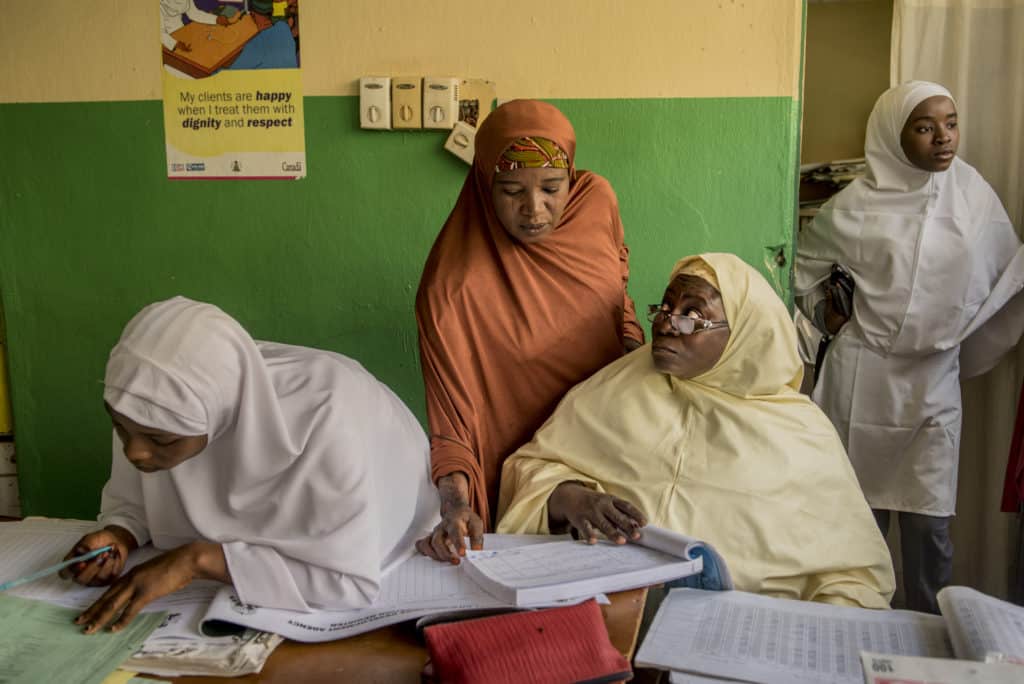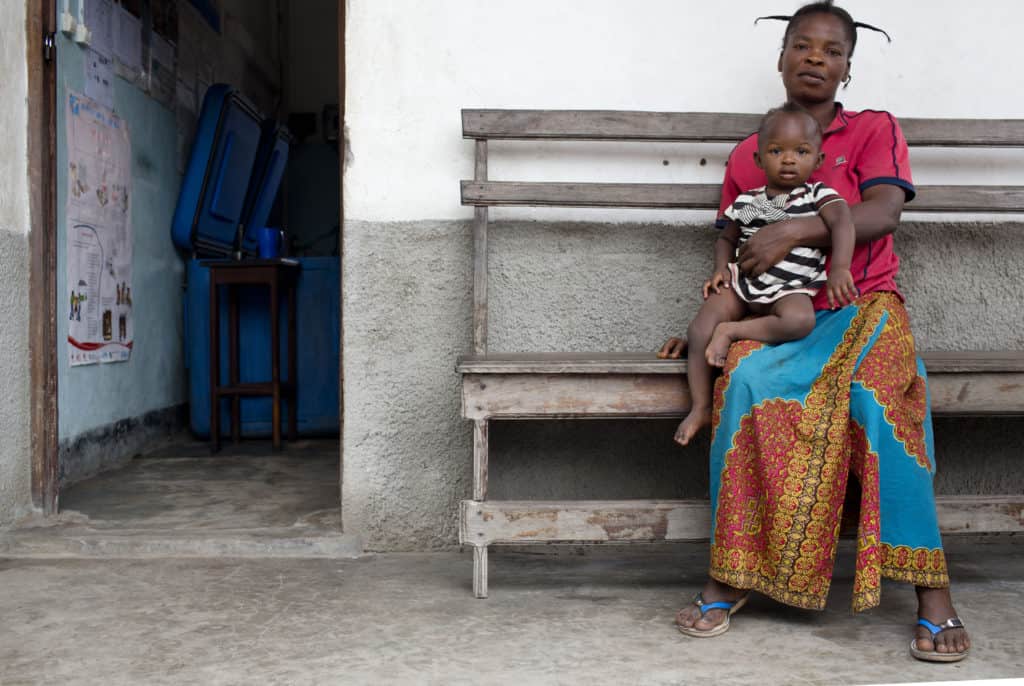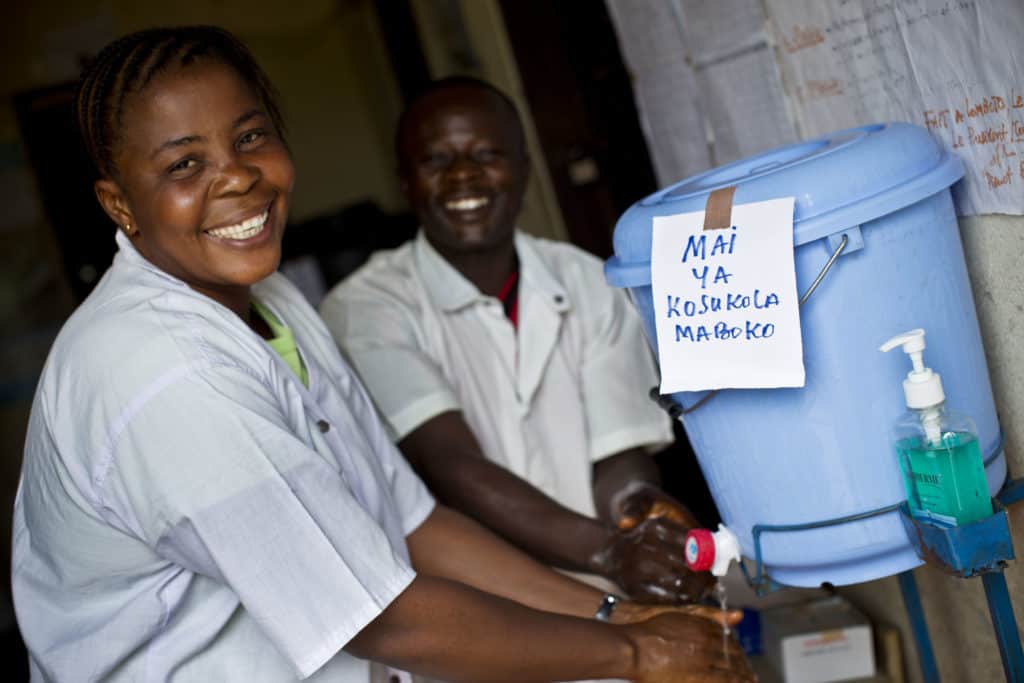This website uses cookies so that we can provide you with the best user experience possible. Cookie information is stored in your browser and performs functions such as recognizing you when you return to our website and helping our team to understand which sections of the website you find most interesting and useful.
Improving Child Health through a Life-Course Perspective
JSI’s approach to supporting the health of women and children is rooted in a life-course perspective and recognizes that biological, behavioral, environmental, and socio-economic factors determine health outcomes. Health equity is therefore integral to our work.
A life-course perspective for improving child health considers the fact that adulthood is influenced by exposures and opportunities in early childhood. JSI supports a shift in focus from diseases to the health of the whole child, including nutritional status, opportunities, and environmental factors to which children and their parents are exposed.
The life-course approach includes parents, children, and adolescents and is designed to maximize their health status in each stage of life.
This paradigm shift requires improvement in each of these areas, which will be expanded upon in JSI’s series on child health:
- FRAMEWORK – Improve child health through a life-course perspective.
- QUALITY OF CARE – Raise the quality of care and add aspects of human rights into maternal and child survival programs.
- NURTURING CARE AND MULTISECTORAL ACTION – Strengthen integration and coordination of multisectoral health, nutrition, early childhood development, and social protection initiatives.
- HEALTH EQUITY – Putting equity at the center of child health programs.
- STRONG HEALTH SYSTEMS – Strengthen health systems to be resilient and capable of providing quality of care despite crises.
- SEXUAL AND REPRODUCTIVE HEALTH – Invest in sexual and reproductive health, including preventive care and screening programs.
- LEADERSHIP IN CHILD HEALTH – Advocate for strong high-level leadership and commitment to reposition and align child health programs.
More than ever, the first 28 days of life are the most vulnerable time for a child’s survival.
Each year, millions of children and adolescents under the age of 15 years die worldwide, mostly from preventable causes. Most of them are under 5, and of these, many die during the first month of life.
To reduce neonatal and child mortality and make the shift toward a life-course approach, we call on donors, partners, and countries to work toward cohesion in all programs that support reproductive, maternal, newborn, child, and adolescent health.
Approaches that take into consideration the life-course perspective cut across programs, sectors, ministries, and donor funding streams. Actors from all of these, in new partnerships, are needed to create resilient systems, integrate technical areas, and focus on multisectoral approaches to holistically address children’s health. Importantly, holistic and sustainable changes can only be realized if they are rooted in communities and include local partners from a variety of institutions and civic organizations.
The need to invest in a life-course approach has led to calls for multi-sectoral investment in maternal and child nutrition and nurturing care of children, as well as involvement of other sectors, such as education.
The hope is that such investment in human capital—the stock of knowledge, skills, attitudes, health, and other personal characteristics—will enable individuals to realize their potential and become productive and responsible members of society.
Meet Our Thought Leaders:
Dr. Dyness Kasungami is a public health physician with 20 years of experience in primary health care, program management, and creating and coordinating global health stakeholder networks to deliver better health outcomes. At JSI, she is project director for the Child Health Task Force, a network of stakeholders that strengthens comprehensive child health programs and reimagines models of technical assistance and capacity strengthening. Prior to joining JSI, Dyness managed the district health system for the government of Zambia, and as a senior health specialist for USAID and DFID, she helped implement sector-wide approaches in the country
Patricia Taylor is a health systems expert at JSI with over three decades of experience designing, managing, and evaluating a wide range of programs in maternal, newborn, and child health; immunization; nutrition; and health systems strengthening. In her most recent positions as director of country programs for USAID’s global Maternal and Child Survival Program and its predecessor, the Maternal and Child Health Integrated Program, she established multidisciplinary teams in over 30 countries to design and deliver life-saving maternal and child health programs.





